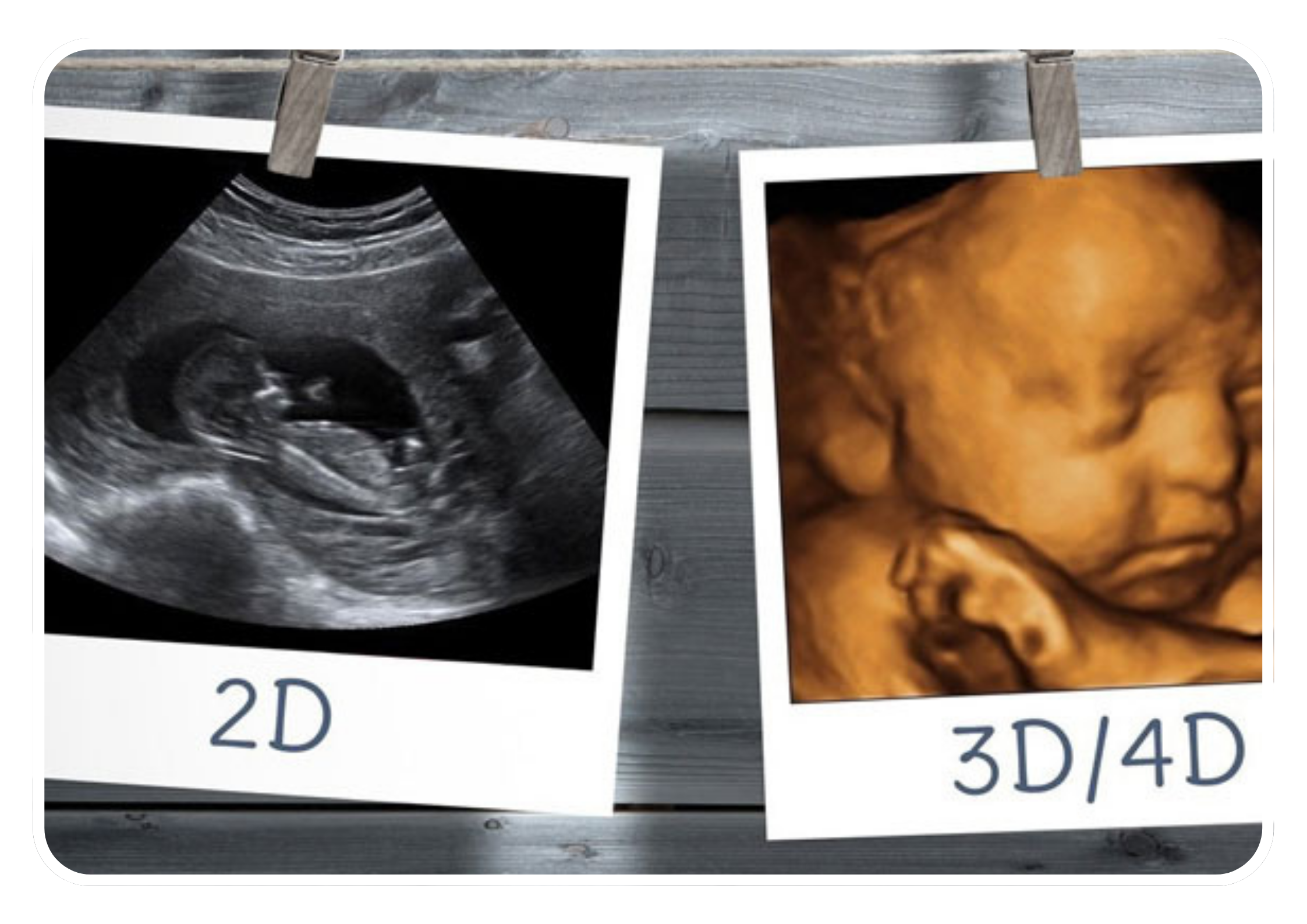Technological Advancements
3D-4D ultrasound technology utilizes specialized equipment and software to capture multiple two-dimensional images of the fetus from different angles and reconstruct them into three-dimensional images. These images can be further processed to create real-time, moving images (4D ultrasound) that show fetal movements, facial expressions, and behaviors.
Improved Visualization
3D-4D ultrasound provides improved visualization of fetal structures, allowing healthcare providers to observe detailed anatomical features, such as the face, limbs, fingers, toes, and internal organs, in greater clarity and detail. This enhanced visualization can help in better understanding fetal development and identifying any potential abnormalities.
Fetal Assessment and Diagnosis
3D-4D ultrasound is used for fetal assessment and diagnosis during pregnancy, including the evaluation of fetal growth and development, identification of fetal anomalies, and monitoring of fetal movements and behaviors. It enables healthcare providers to assess fetal well-being, detect any abnormalities or deviations from normal development, and provide appropriate counseling and intervention as needed.
Prenatal Bonding and Parental Experience
One of the significant benefits of 3D-4D obstetric sonography is its ability to enhance the prenatal bonding experience for expectant parents. Real-time 4D ultrasound allows parents to see dynamic images of their unborn baby's movements, facial expressions, and interactions in the womb, fostering a stronger emotional connection and sense of parental attachment before birth. It provides parents with a unique opportunity to observe and bond with their baby in utero, enhancing the overall pregnancy experience.
Diagnostic Limitations
While 3D-4D ultrasound offers valuable information and insights into fetal development, it also has certain limitations and considerations. It may not always provide clear visualization of certain fetal structures or abnormalities, and interpretation of images requires expertise and experience in fetal imaging. Additionally, 3D-4D ultrasound should be used judiciously and in conjunction with other prenatal screening and diagnostic tests to ensure comprehensive fetal assessment and accurate diagnosis.
Clinical Applications
3D-4D obstetric sonography is used in various clinical settings and scenarios during pregnancy, including:
- Routine Prenatal Screening and Assessment: Regular monitoring of fetal growth and development.
- Evaluation of Fetal Anatomy and Growth: Detailed visualization of fetal structures.
- Detection of Fetal Anomalies and Structural Defects: Early identification of potential issues.
- Confirmation of Fetal Position and Presentation: Determining the position of the fetus for delivery planning.
- Monitoring Fetal Movements and Behaviors: Observing fetal activity and interactions.
- Assessment of Placental Location and Function: Ensuring proper placental placement and function.
- Guidance for Prenatal Interventions or Procedures: Assisting in procedures such as amniocentesis.
Conclusion
Overall, 3D-4D obstetric sonography is a valuable tool in prenatal care that offers enhanced visualization of the fetus and enriches the prenatal bonding experience for expectant parents. When used appropriately by trained healthcare providers, it can contribute to improved fetal assessment, diagnosis, and parental engagement during pregnancy. However, it is important to recognize its limitations and integrate it as part of comprehensive prenatal care.

